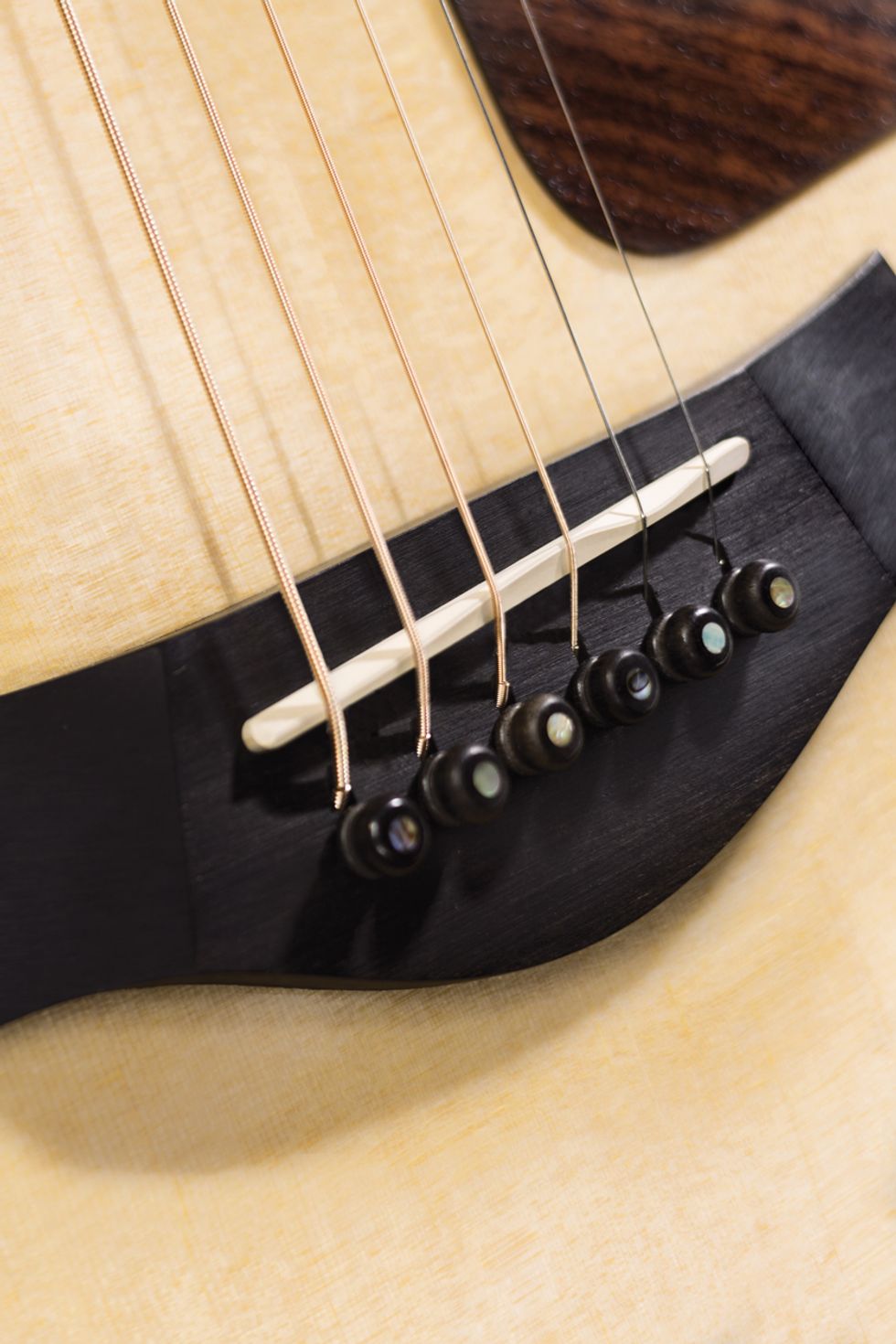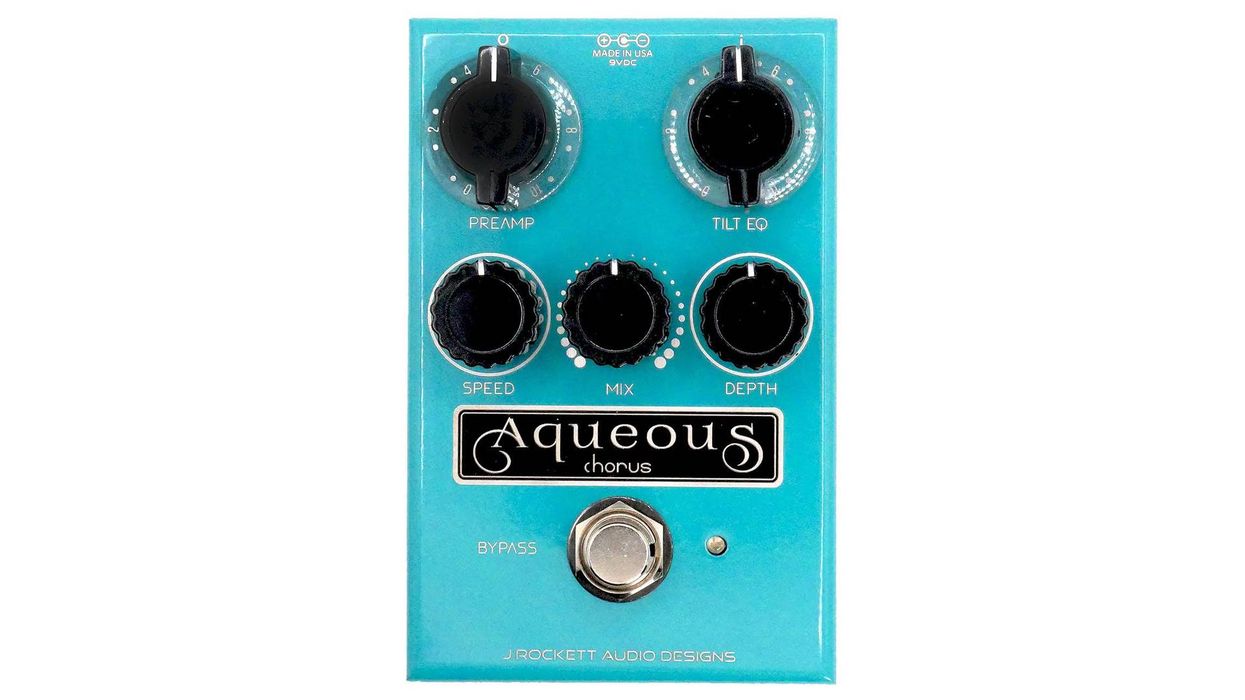In the world of acoustic guitar, it’s common to hear chatter about compensated B strings. Most players know what this looks like on a saddle: All the strings seem to sit in a tidy line, except for that pesky 2nd string, which sits on a special notched section like an outcast. It’s become so ubiquitous that many players take it at face value and assume there is some mysterious quality about B natural that requires it to sit in a different place than the other strings. In fact, this altered seat has nothing to do with B natural and everything to do with the composition of the string itself.
To better understand the background, consider that the strings on a guitar fall into two groups. There are the plain strings made of one strand of material. And there are the wound strings comprised of a core strand of material, with a second string wound around this center like a spiraled spring. To make sense of why multiple string compositions are needed, keep in mind that a string needs to fall into a regular, consistent pattern of vibration in order to make a musical sound—one that produces a fairly stable pitch or note. To achieve this ideal, several factors need to find a balance: the length of the string, the tension of the string, the desired note, the weight of the string, and the bending stiffness of the string.
Long ago, string makers discovered they could use a small, relatively flexible string and coil wire around it like a helix to increase the weight of the string—without significantly changing the stiffness. The ability to change the weight of the string somewhat independently of its tension or stiffness was hugely beneficial, since most fretted instruments don’t have the benefit of radically different scale lengths for each string, like a piano. Altering the weight of each string allowed musicians to keep the scale length and tension relatively consistent among the strings, while adjusting for the different frequency of each open string.
One challenge is that each string stretches at a different rate based on how much tension the string is held at. In other words, if a string is fairly loose, stretching it a small amount will change its frequency a great deal. If the same string is very tight, stretching it the same amount will change the frequency to a lesser degree. On paper, a string’s tension goes up by the square of the pitch ratio. For example: If a pitch doubles in frequency, the string requires four times as much tension to get it there. (Thanks for figuring that out, Galileo!)
Guitars are played with a combination of open, unfretted notes as well as pitches created by pressing the strings to the frets. Fretting the strings increases the tension—and therefore pitch—a small amount above the frequency at which the open string would naturally vibrate. To mitigate this effect, we shift the relative location of the frets back toward the nut a tiny bit for each string. It’s far more practical to have each fret be a solid, unbroken piece of wire, so we accomplish this fret shift by altering the length of each string an amount appropriate for its increase in fretted-note tension.
Typically, a set of guitar strings will try to balance the tension as closely as possible over the entire set, but rarely does this work to perfection. In addition, guitarists don’t always prefer perfect uniformity. They often like bending the higher strings and prefer a lighter tension on the upper strings than the lower, wound strings. As a result of this entire crazy balancing act, we see two distinct angles in the saddle of a guitar.
On one angle rests the strings with a wound composition. These will have a graduated series of tensions based on the size and strength of their core. The second set of strings—usually the highest two on an acoustic—rest on a second angle with their own graduations of tension requiring a different saddle position. It just so happens that the highest-pitch E (1st) string often resides in the same imaginary line as the graduated scale of the wound strings, giving the impression of the 2nd string as an outlier.
In case your curiosity is piqued, take a close look at a well-compensated electric guitar with three plain strings. You’ll notice a distinct pattern of three plain strings resting on one graduated scale, with three wound strings on another.














![Rig Rundown: Russian Circles’ Mike Sullivan [2025]](https://www.premierguitar.com/media-library/youtube.jpg?id=62303631&width=1245&height=700&quality=70&coordinates=0%2C0%2C0%2C0)




